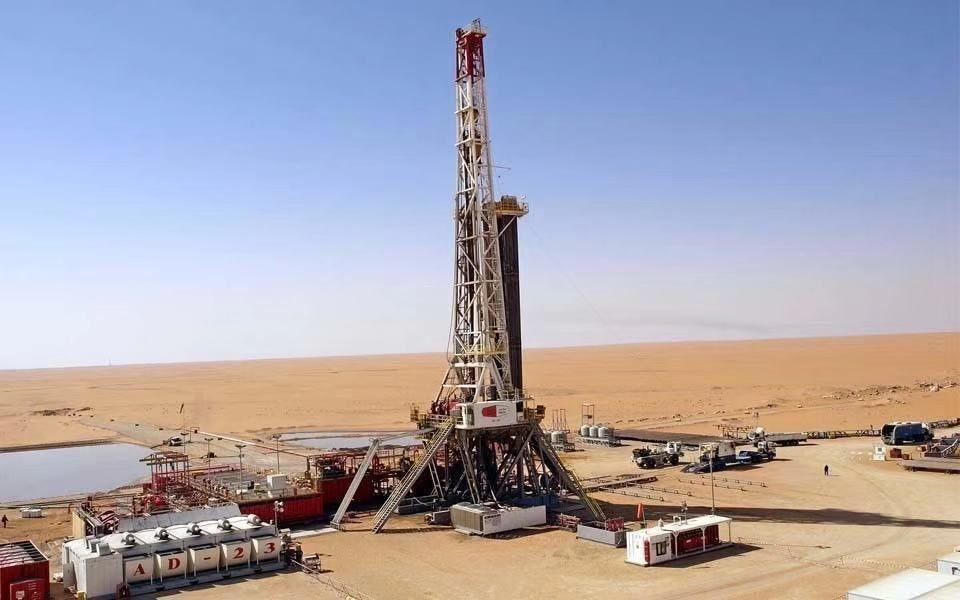What is the Difference Between a Workover Rig and a Drilling Rig?
A workover rig and a drilling rig are both types of equipment used in the oil and gas industry, but they have different purposes and functions. Here are the key differences between a workover rig and a drilling rig:
1. Purpose
Drilling Rig: A drilling rig is primarily used for the initial drilling of oil or gas wells. It is employed to create a wellbore by penetrating the earth's surface and drilling through various rock formations to reach the target reservoir.
Workover Rig: A workover rig is used for maintenance, repair, and enhancement operations on existing oil or gas wells. It is employed to perform workover operations, such as wellbore cleaning, well completion, well intervention, well stimulation, and production enhancement activities.
2. Depth and Complexity
Drilling Rig: Drilling rigs are typically designed and equipped to handle the challenges of drilling new wells. They are capable of drilling to greater depths and encountering various geological formations. Drilling rigs often require more powerful equipment and specialized technologies to overcome drilling challenges, such as hard rock formations or high-pressure zones.
Workover Rig: Workover rigs are generally used for operations in wells that have already been drilled. These wells are typically shallower and have known geological conditions. Workover rigs are designed for specific well intervention activities and are usually more compact and less complex compared to drilling rigs.
3. Equipment and Components
Drilling Rig: Drilling rigs are equipped with various components, including a derrick or mast, drilling line, drawworks, rotary table or top drive system, mud pumps, drilling fluid circulation system, and drill string. They have specialized equipment for drilling, such as drill bits, downhole tools, and mud systems.
Workover Rig: Workover rigs have different equipment and components tailored for well intervention and maintenance activities. They typically include a mast or derrick, hoisting system, workover BOP (Blowout Preventer) stack, well control equipment, and specialized tools for interventions, such as slickline, coiled tubing, or snubbing units.
4. Time and Scope
Drilling Rig: Drilling operations can be lengthy and involve the complete construction of a wellbore. They often require extensive planning, engineering, and drilling program execution. Drilling rigs are deployed for extended periods until the target reservoir is reached.
Workover Rig: Workover operations are usually shorter in duration and focused on specific wellbore interventions. Workover rigs are deployed to perform targeted maintenance, remediation, or enhancement activities as required by the well's production or operational needs.
In summary, a drilling rig is used for the initial drilling of new wells, whereas a workover rig is utilized for maintenance and intervention operations on existing wells. Drilling rigs are typically more complex, designed for deeper and more challenging drilling operations, while workover rigs are specialized for well intervention activities on already drilled wells.





 8613371530291
8613371530291